Extra high superoxide dismutase in host tissue is associated with
Por um escritor misterioso
Last updated 20 setembro 2024
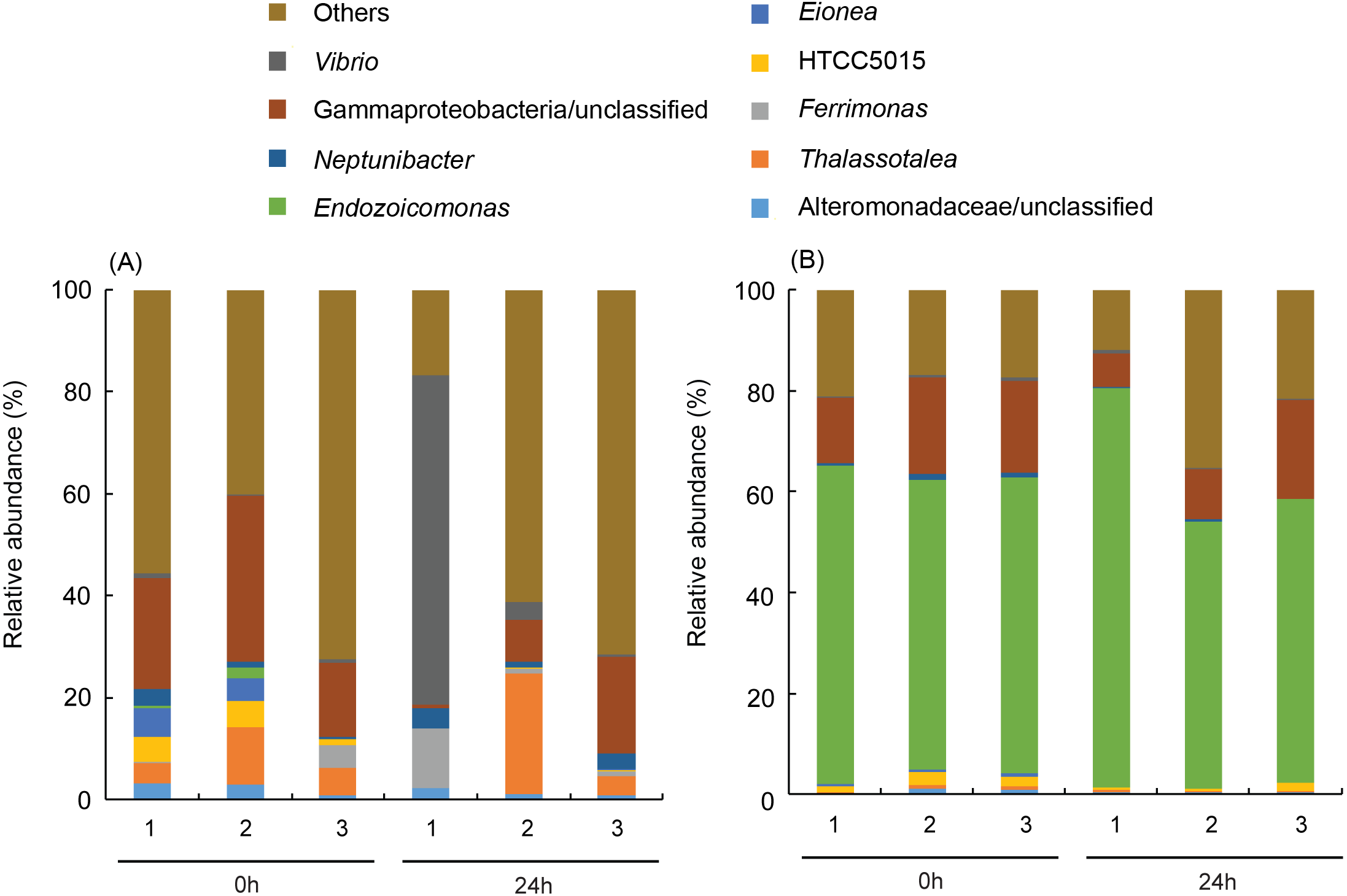
Global warming threatens reef-building corals with large-scale bleaching events; therefore, it is important to discover potential adaptive capabilities for increasing their temperature resistance before it is too late. This study presents two coral species (Platygyra verweyi and Isopora palifera) surviving on a reef having regular hot water influxes via a nearby nuclear power plant that exhibited completely different bleaching susceptibilities to thermal stress, even though both species shared several so-called “winner” characteristics (e.g., containing Durusdinium trenchii, thick tissue, etc.). During acute heating treatment, algal density did not decline in P. verweyi corals within three days of being directly transferred from 25 to 31 °C; however, the same treatment caused I. palifera to lose < 70% of its algal symbionts within 24 h. The most distinctive feature between the two coral species was an overwhelmingly higher constitutive superoxide dismutase (ca. 10-fold) and catalase (ca. 3-fold) in P. verweyi over I. palifera. Moreover, P. verweyi also contained significantly higher saturated and lower mono-unsaturated fatty acids, especially a long-chain saturated fatty acid (C22:0), than I. palifera, and was consistently associated with the symbiotic bacteria Endozoicomonas, which was not found in I. palifera. However, antibiotic treatment and inoculation tests did not support Endozoicomonas having a direct contribution to thermal resistance. This study highlights that, besides its association with a thermally tolerable algal symbiont, a high level of constitutive antioxidant enzymes in the coral host is crucial for coral survivorship in the more fluctuating and higher temperature environments.

Synthetic Analogues of Nickel Superoxide Dismutase: A New Role for Nickel in Biology
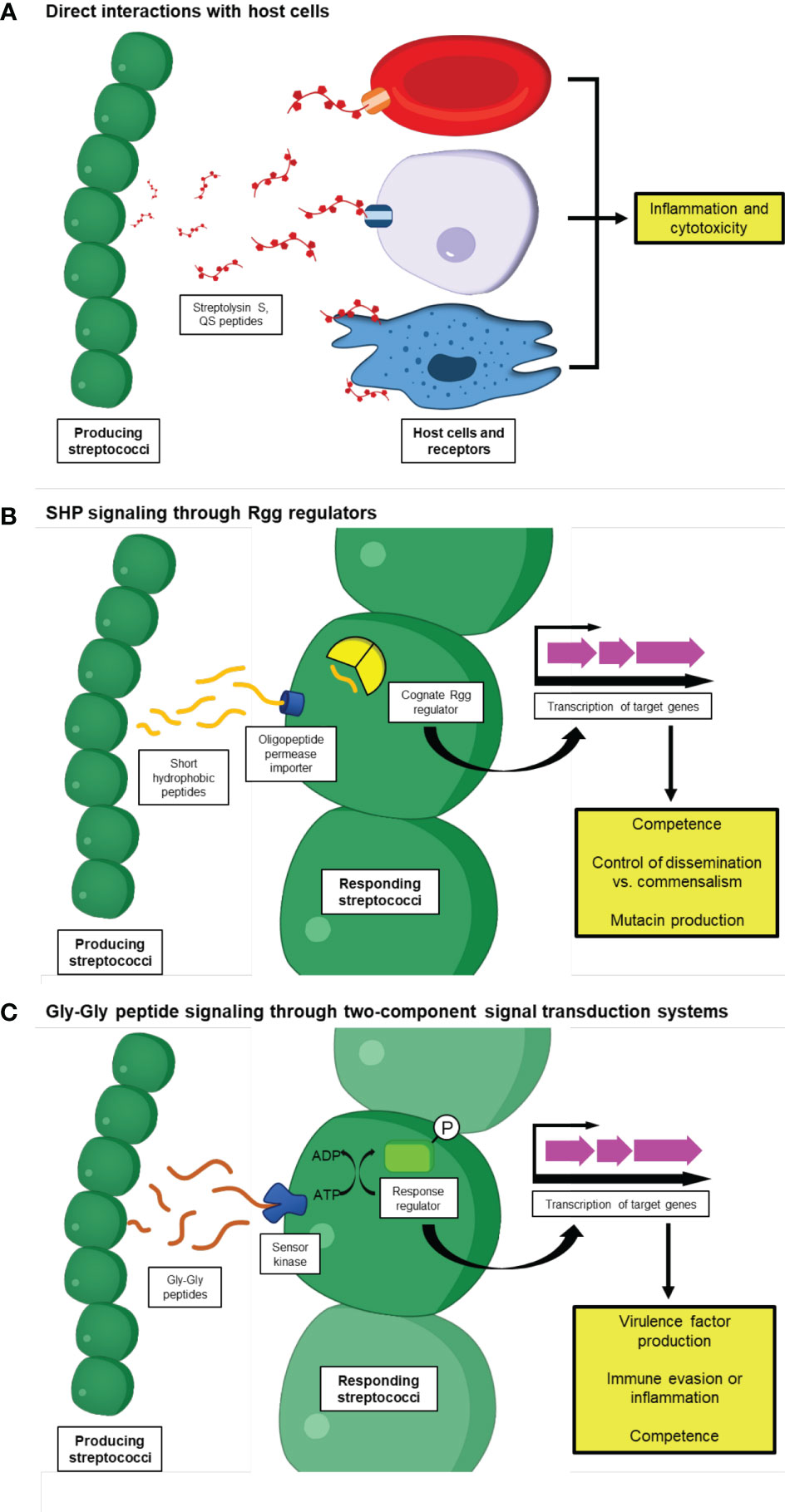
Frontiers Streptococcal peptides and their roles in host-microbe interactions

PDF) Measurement of superoxide dismutase, catalase and glutathione peroxidase in cultured cells and tissue

MDA, GSH, NO levels and SOD, CAT, and TF activities of lung tissue.
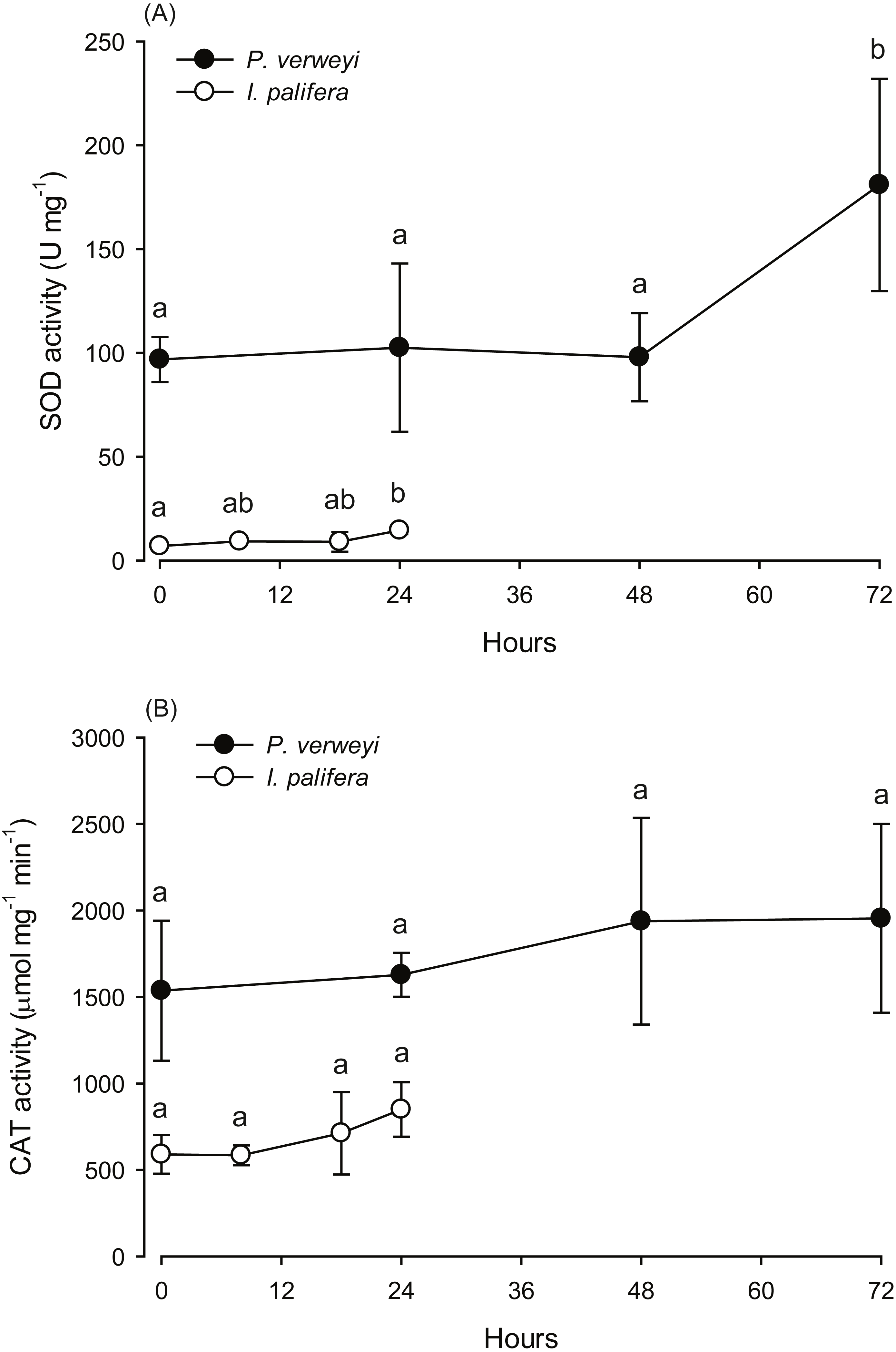
Extra high superoxide dismutase in host tissue is associated with improving bleaching resistance in “thermal adapted” and Durusdinium trenchii-associating coral [PeerJ]

The family of SOD enzymes in microbial pathogens. In a gram-negative
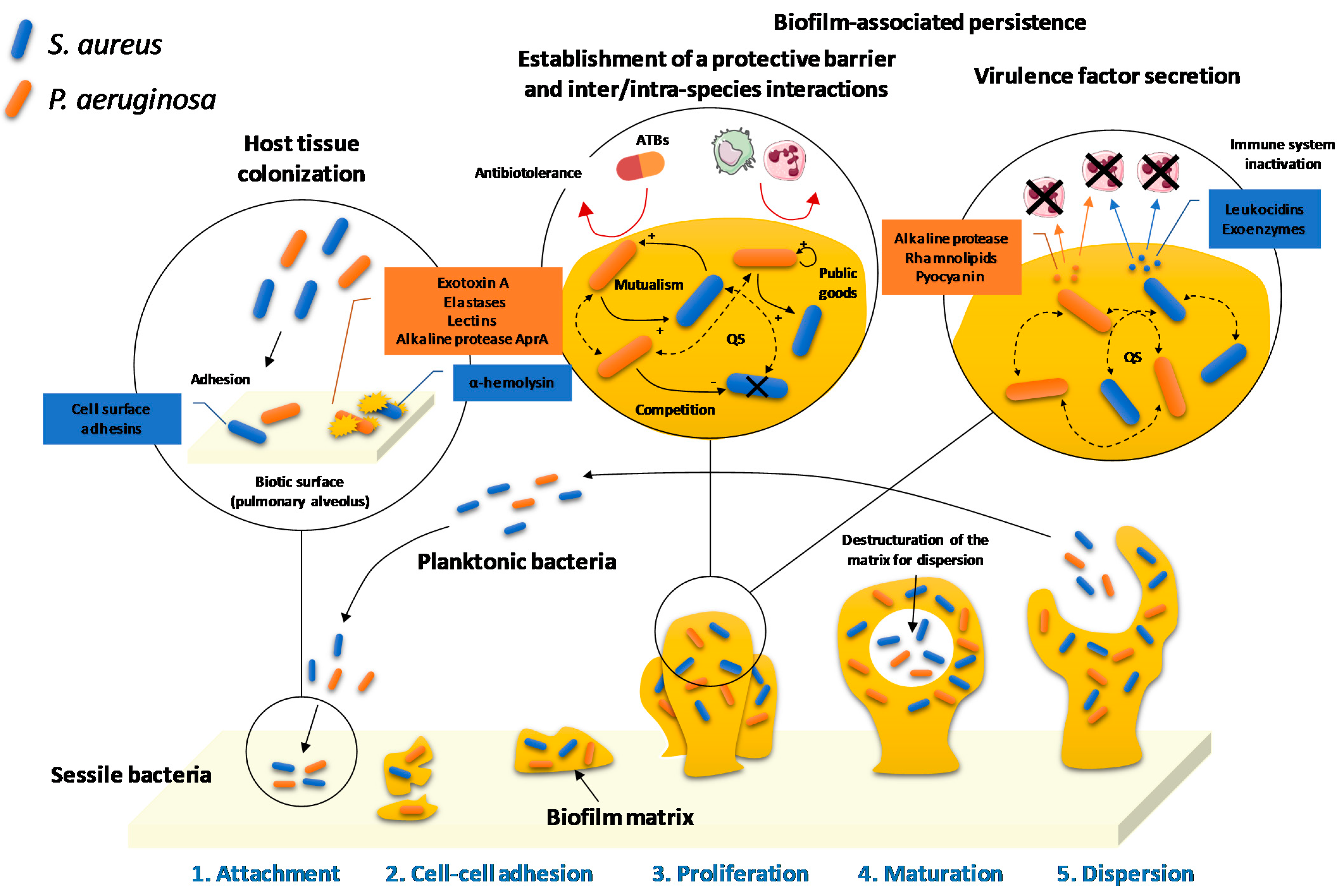
Pharmaceuticals, Free Full-Text

Catalase, a therapeutic target in the reversal of estrogen-mediated aging: Molecular Therapy
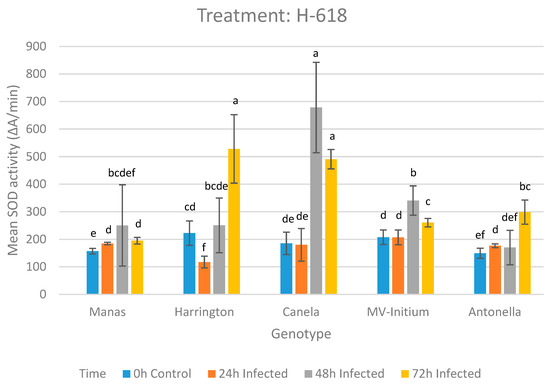
Sustainability, Free Full-Text

Extra high superoxide dismutase in host tissue is associated with improving bleaching resistance in “thermal adapted” and Durusdinium trenchii-associating coral [PeerJ]

PDF) Extra high superoxide dismutase in host tissue is associated with improving bleaching resistance in “thermal adapted” and Durusdinium trenchii -associating coral

Release of extracellular superoxide dismutase into alveolar fluid protects against acute lung injury and inflammation in Staphylococcus aureus pneumonia

Cysteine and resistance to oxidative stress: implications for virulence and antibiotic resistance: Trends in Microbiology
Recomendado para você
-
Vagas Emdia - 📈Vagas de Control Desk Pleno, pra quem já manda20 setembro 2024
-
 Venha fazer parte do nosso time de parceiros colaboradores! Perfil20 setembro 2024
Venha fazer parte do nosso time de parceiros colaboradores! Perfil20 setembro 2024 -
:strip_icc()/s02.video.glbimg.com/x720/11626805.jpg) Campinas faz feira com 600 vagas de emprego e cursos20 setembro 2024
Campinas faz feira com 600 vagas de emprego e cursos20 setembro 2024 -
 PathWave Vector Signal Analysis (89600 VSA)20 setembro 2024
PathWave Vector Signal Analysis (89600 VSA)20 setembro 2024 -
/i.s3.glbimg.com/v1/AUTH_59edd422c0c84a879bd37670ae4f538a/internal_photos/bs/2021/j/L/hdHHZKSGSrh23nTIZDtw/electrician-2755683-1920.jpg) Veja as vagas de emprego do SineBahia para Salvador e Lauro de20 setembro 2024
Veja as vagas de emprego do SineBahia para Salvador e Lauro de20 setembro 2024 -
 Funcionário em tempo integral na província de Shiga!! Trabalhe em20 setembro 2024
Funcionário em tempo integral na província de Shiga!! Trabalhe em20 setembro 2024 -
 Notre Dame Fighting Irish football - Wikipedia20 setembro 2024
Notre Dame Fighting Irish football - Wikipedia20 setembro 2024 -
 Estapar assume Zona Azul paulista e digitaliza do cartão à20 setembro 2024
Estapar assume Zona Azul paulista e digitaliza do cartão à20 setembro 2024 -
 Qatar Airways adds Las Vegas to list of 11 US destinations20 setembro 2024
Qatar Airways adds Las Vegas to list of 11 US destinations20 setembro 2024 -
On 34th Women's Animal-Print Jacquard Jumpsuit, Created for Macy's20 setembro 2024
você pode gostar
-
whats the meme about the wise mystical tree|TikTok Search20 setembro 2024
-
Oatumn🍁// Coms (CLOSED 10/10) on X: 2/4 You guys probably have20 setembro 2024
-
 Pokemon Emerald cheats: Full list of emerald gameshark cheat codes & how to use them20 setembro 2024
Pokemon Emerald cheats: Full list of emerald gameshark cheat codes & how to use them20 setembro 2024 -
 Pokémon Scarlet e Violet – Novo Pokémon Descoberto – PokéCenter Blog20 setembro 2024
Pokémon Scarlet e Violet – Novo Pokémon Descoberto – PokéCenter Blog20 setembro 2024 -
Why are there no black chess grandmasters but a lot from Russia and everywhere in the world in general? - Quora20 setembro 2024
-
 FNF Pibby Apocalypse (Friday Nightlies) APK for Android - Free20 setembro 2024
FNF Pibby Apocalypse (Friday Nightlies) APK for Android - Free20 setembro 2024 -
Dream Theater Retrospective Discography Review w/ dmmnjaws20 setembro 2024
-
 ARQUIVO DE CORTE TOPO DE BOLO MAQUIAGEM EM CAMADAS #600#20 setembro 2024
ARQUIVO DE CORTE TOPO DE BOLO MAQUIAGEM EM CAMADAS #600#20 setembro 2024 -
 Lode Runner Twin (SNES) Snes classic, Box art, Classic mini20 setembro 2024
Lode Runner Twin (SNES) Snes classic, Box art, Classic mini20 setembro 2024 -
Replying to @itsmeofficial_fear What a finishing 👏 👌 #chess20 setembro 2024




